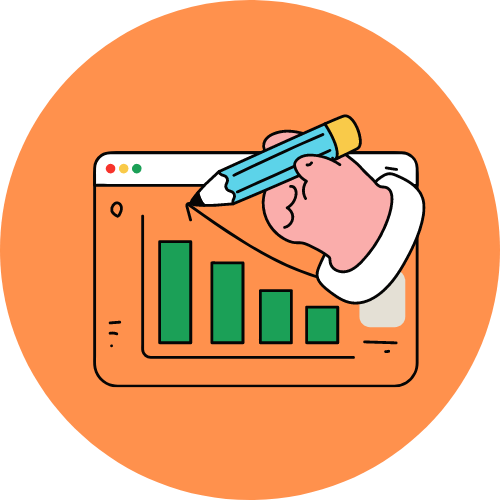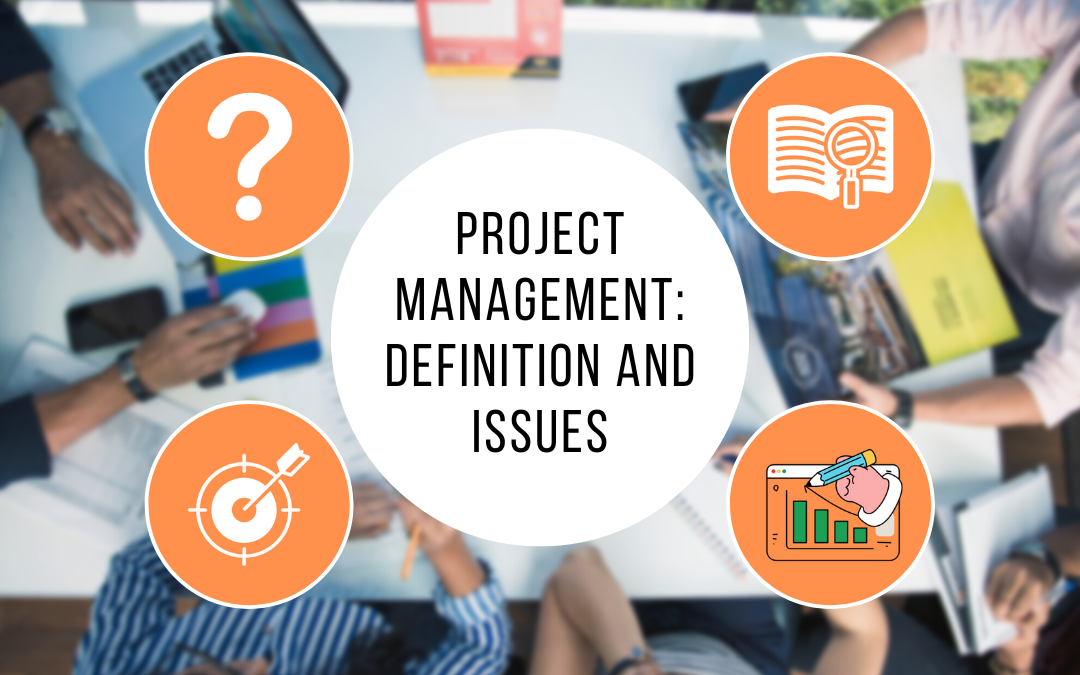If you have to manage a project, you will mainly have to deal with two issues: time and resources (material and human). The project life cycle will have 6 major phases: design, planning, launch, implementation, governance, and closure. Understanding and stabilizing the interactions between the different actors, as well as controlling costs, will be the major challenges of this exercise. The project management requires involving the sometimes resistant teams, convincing the financial section, while keeping the final objective in sight. As such, differentiating between the objective and the issue can lead to the success of the project. Depending on how the idea evolves, you will move from the success of one to the constraint of the other. Here are some explanations on these two concepts.
What is a project?
The project is generally defined as a set of actions marked by a start and end date. These actions must be carried out one after the other in a homogeneous way, in order to reach an established objective, taking into account the requirements, as well as the time and cost constraints. It induces the idea of novelty or change.
The fact that an end date is set implies the temporary nature of the project. It has a limited duration and stops as soon as the objective is reached. It is also completely flexible, so that it can be adapted to any change of aim.
The resources it will mobilize are quantifiable. Whether it is a question of human resources (skills), material or information, resource management will be essential to assess the feasibility of the project.
The project is characterized by the splitting of tasks into milestones. Here again, the requirements in terms of deadlines or budget will dictate the division of these actions.


Definition of project management
Project management consists of developing all the steps that mark the life cycle of a project, from the birth of its idea to its final delivery. Coordinating the stakeholders involves managing human and material resources (budget and means). Depending on the size of these resources and the scope of the project, you can use software that will help you set up an efficient project management.
Because of the temporary and unique aspect of the project, its exceptional management will induce sometimes fast performances. The results of the project are called deliverables, services or products.
A tool to improve
project management ?
Difference between issue and objective
It is important to differentiate between the issue and the objective, as these two notions can be confused. You will have to define them from the very beginning of the project idea. Once you start designing the project, you will need to establish the end goal and the benefit/risk ratio.
The objective
The objective is the point of view, the final goal, what the project will exist for. This is the place to start. Whether it is decided by you or by the project team, it must be measurable. To help you, you can use, for example, the SMARTwhich is suitable for project management. It is an acronym that should be read as follows:
- S: specific, the objective is specific to the project;
- M : measurable, it must be quantified in order to transmit data to help in the decision making process and to know the progress of the project;
- A: achievable, the objective must be reasonable, but also ambitious in order to challenge the teams;
- A: Realistic, it must be established in correlation with the imperatives of time and budget.
- T: delimited in Time, the objective includes an end date, as well as the deadlines of the milestones.
The QQOQCP methodology can also help you: who? What? where ? when? how? why? This is a classic project management adjuvant, but still effective.


The issue
Once you have determined the goal you want to achieve, you can measure what is at stake. That is, you will understand the risks and benefits that the project may expose you to. Be careful, it must be estimated at the very beginning of the project, at the same time as the objective. If the issue does not provide sufficient gains or benefits, or if the risks are too great, then the project may have to be reconsidered or even abandoned.
The issue may be financial for the company, in the context of a commercial contract with a customer. It can be personal, if you are aiming for a promotion following the implementation of the project and the success of the objective. These are just examples, and in all cases, it is your ability to make decisions and your empathy for your teams that will tip the balance towards gains and profits.
Also keep in mind that the issue at stake depends mainly on the functioning of the organizations but also on the complexity of the project. It is not the same for you as for your employees. You will find help by using an effective methodology or project management software.
Methodology for effective project management
The first method you will apply will certainly be the Gantt chart. There is nothing complicated behind this term, which refers to a simple schedule that bears the name of its inventor. It consists of indicating in rows and columns the different milestones of the project, indicating their planned start and end dates. This is an excellent way to monitor progress, make adjustments if necessary and take appropriate decisions.
There are also software programs that process all this data. Accessible by all stakeholders in collaborative mode, these tools adapt to each level of project validation, regardless of its scope or importance. They are suitable for all fields of activity.
The project management methodology is a base that is used to start the idea. It is essential to ensure the success of the project, without getting lost in the path of the various milestones. Do not hesitate to invest in powerful project management software. Beyond the methods already mentioned, you will save time and be more efficient.
